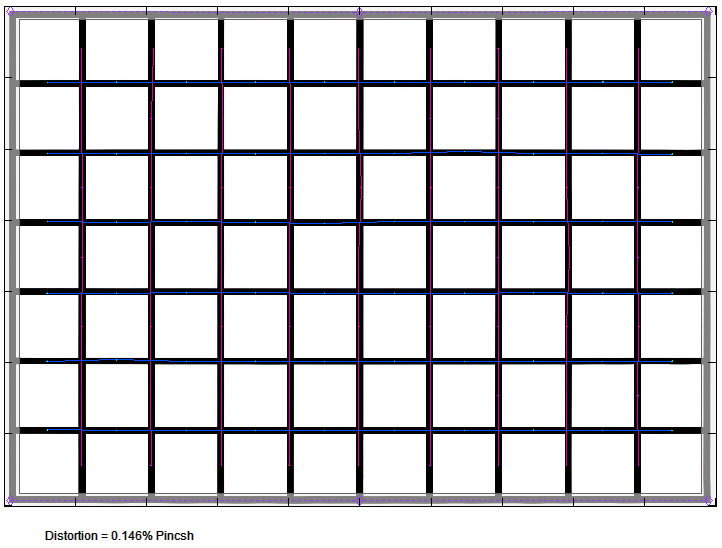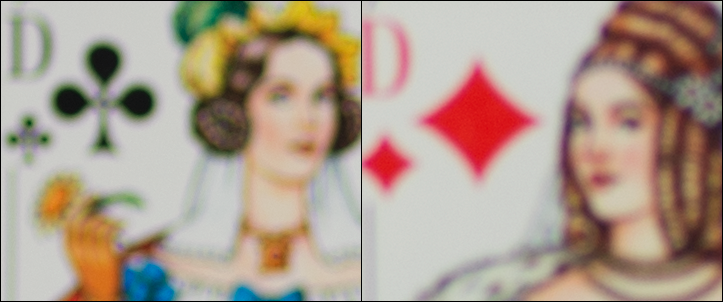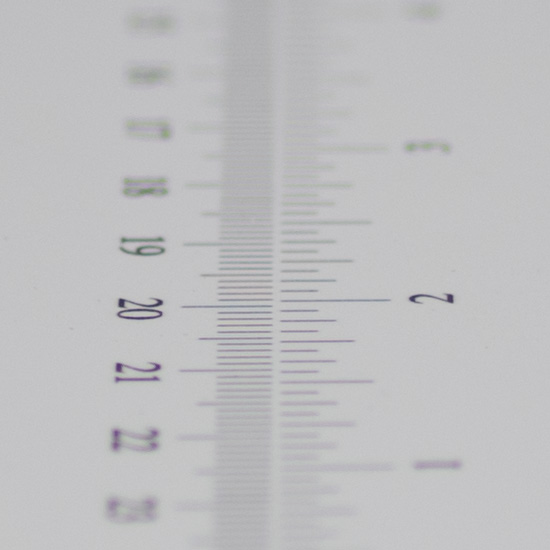|
Pentax D FA 50mm f/2.8 macro - Review / Test Report - Analysis |
|
Lens Reviews -
Pentax
|
|
Page 2 of 3

Distortion
Typical for most macro lenses, the amount of (pincushion-)distortion is absolutely negligible.

Vignetting
The D-FA 50mm f/2.8 macro is a full format lens so it has a natural sweet-spot advantage when used on APS-C cameras. The amount of light falloff is therefore very moderate with just ~0.7EV (f-stops) at f/2.8. The issue is already negligible from f/4 onward.

MTF (resolution)
The resolution characteristic of the Pentax lens is highly impressive. It is already superb at max. aperture and peaks with outstanding results at f/4 - across the frame that is. Diffraction is limiting the results from here on so the quality is slowly but steadily decreasing. The results are still very sharp at f/11 and f/16 remains usable but you should avoid f/22.
The field curvature is minimal. The centering quality of the tested sample was good.
Please note that the MTF results are not directly comparable across the different systems!
Below is a simplified summary of the formal findings. The chart shows line widths per picture height (LW/PH) which can be taken as a measure for sharpness.
If you want to know more about the MTF50 figures you may check out the corresponding Imatest Explanations

Chromatic Aberrations (CAs)
Chromatic aberrations (color shadows at harsh contrast transitions) are well controlled with an average pixel width of around 0.5px at the image borders. This is nothing to worry about.

Bokeh
Macro lenses are often used in very shallow depth-of-field scenarios so the quality of the bokeh (rendering of the out-of-focus blur) is a major quality criteria. The Pentax lens delivers very good albeit not perfect results here.
The blur in the critical focus transition zone is smoothly rendered both in the background and especially in the foreground.
 The rendition of the out-of-focus highlights is a bit of a mixed bag. At max. aperture the highlight discs are smooth with just a bit of outlining. However, the more edgy aperture shape is already getting very obvious at f/4 which shows that the lens belongs to a different design era. Modern lenses don't "lose" their circular highlight discs after just one f-stop.
The rendition of the out-of-focus highlights is a bit of a mixed bag. At max. aperture the highlight discs are smooth with just a bit of outlining. However, the more edgy aperture shape is already getting very obvious at f/4 which shows that the lens belongs to a different design era. Modern lenses don't "lose" their circular highlight discs after just one f-stop.

Bokeh Fringing
Bokeh fringing is a common issue with fast glass. As you can notice below the halos have different colors - magenta (red + blue) in front of the focus point and green beyond.
You may have spotted this effect in the previous chapter already so yes, the Pentax lens is also affected by this albeit primarily at f/2.8. The issue is much improved at f/4 and mostly gone by f/5.6
|
Move the mouse cursor over the f-stop marks below to observe the respective LoCAs
|
| f/2.8 |
f/4 |
f/5.6 |
|

|
|